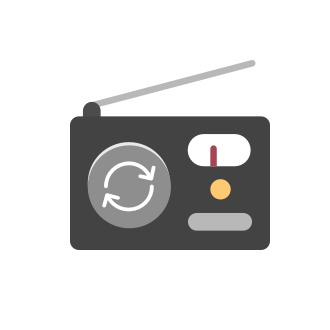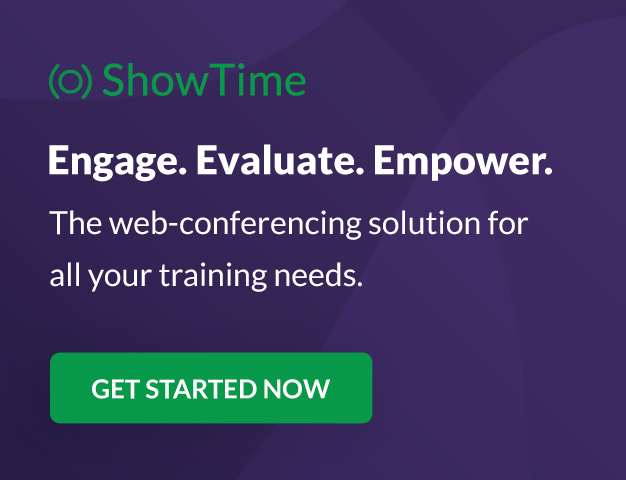Tip #13 - Project Dashboard
Welcome back to our tips and tricks series! Let's explore an interesting and vibrant module - The Project Dashboard . Track progress of your projects using the widgets displayed on the dashboard. What do the widgets do? Here's an illustration that can help you understand the different types of widgets and their purpose. Take a look at our resource page for more information. Write to support@zohosprints.com if you have any queries.Tip #12 - Reports view and export
Reports are used to track the progress of your team. They help teams to forecast progress by evaluating the performance of the team members. In Zoho Sprints, you can either view reports by estimation points or by number of work items. Choose 'View by Points' to track the number of estimation points completed. Choose 'View by Count' to track the number of work items completed. Refer our guide for more information on reports. What if you want to export the reports and charts? Yes, you canTip #10 - 3 things to track using user profile
Hello, Are you looking for a report that tracks progress by users? Well, here's 'User Profile' that helps you track progress of the user from a single location. Track the total, completed, and pending work items and estimation points assigned to the user. Using this feature, managers can evaluate user work load and allocate resources. Velocity meter helps users evaluate their performance by tracking the progress of the completed sprints. Using this chart, managers can evaluate the performance ofTip #9 - Epics in Zoho Sprints
Hello all, It's been a while since we launched 'Epics'. Hope you have explored it already. Here's a short blurb about this new feature that will help you get started with it. In Agile project management, all the requirements from the client are created as user stories and stored in the product backlog. These stories are further broken down into tasks and run across a sprint. What if the user stories are larger and cannot be accomplished in a single iteration? Instead of creating multiple user stories,Tip #8 - Velocity Chart
Hello all, We are back with an informative tip on - 'How to measure your team's performance?'. Evaluating the performance of your team on a periodic basis will help the team deliver quality outcome at the end of every iteration. Why do you need a velocity chart? In Scrum, the effort of every iteration is measured by the total number of points that the team estimates. This estimation is defined based on the effort that is required to complete the work items in the sprint. The maximum effortTip #7 - Scrum settings
In Zoho Sprints, right after you create a project, by default you can start only one sprint at a time and once the sprint starts you will not be able to add or move work items to it. To overcome this limitation, we have introduced "Scrum Settings" to help you with two things: Add new work items or move existing work items from the backlog to your active sprint on board. Start multiple sprints at the same time. (You can start only 5 sprints in parallel). Say, you run a big team and you've got multipleTip #6 - Five benefits of using export in Zoho Sprints
Hello All, We're back with a cool tip. Exporting the data and taking a backup of the work you do is very important when it comes to any business. In Zoho Sprints, you can schedule an export, view the active schedulers, and track the export history - everything in a single place! Backlog - Exporting all the work items from the backlog will help in prioritizing during the sprint plan meeting. Scrum Board - All the project members can benefit from this export. They can export their work items fromTip #5 - Create custom work item type and priority
Every business has a bundle of requirements to be targeted and these requirements are categorized into different work item types called 'Stories', 'Tasks', and 'Bugs'. What if your business expands and you get busy handling multiple projects at the same time? Well, your requirements are mounted and you will look out for different work item types to track different types of work. In Zoho Sprints, you can create custom work item types to segregate your requirements based on the type of work youTip #4 - Status Timeline
This week let's have a quick understanding of the interesting enhancement in Zoho Sprints. Did you happen to see something called 'Status Timeline' in your work item details section? - Yes? - Then you are ready to know what it actually does. No? - Quickly navigate to your work item details page and click Status Timeline from the top navigation bar. What does it do? Tracks the time taken by a work item to move across statuses on the scrum board. It also helps you know the number of days theTip # 3- Working on the Scrum board
Continuing from our Tip #2 on leading to a sprint, let's see how to manage the work items on the Scrum board. Once you start the sprint your work items are automatically displayed on the Scrum board where you will actually manage the work items. It is a snapshot of the backlog items identified for the current sprint. The layout of the Scrum board Simply put, the scrum board is just like a physical board with sticky notes on which the work items of the active sprint are displayed. The scrum boardTip#2- Leading you to a Sprint
Product Backlog After the user stories are written and finalized, they are sorted to create the Product Backlog for the project during the Backlog Grooming meeting. This is a master list of all the work items that have been identified for the project and sorted by priority. Requirements are not constant during this period.The Product Backlog is dynamic and is an ongoing process. Every user story in the Product Backlog is customer centric. The Product Backlog includes: User centric stories based onTip #1- Why swimlanes?
Lanes define a clear path to reach your destination. In Agile, swimlane is one such concept that sets a simple and clear process of the work that you do. The concept of swimlane can be related to the pool, where the swimmers gather in their respective lanes to start off. Similar to the pool, work items are grouped in different categories. Each category is referred as a lane and is displayed in horizontal format. Swimlanes are effective in categorizing the work items with respective to specific
New to Zoho Recruit?
New to Zoho LandingPage?
Zoho LandingPage Resources
New to Bigin?
Announcements
Tip#47: Estimation planner
Sprint planning becomes easier, smoother, more collaborative and more accurate with the Estimation Planner extension. Most work items involve multiple users, and each user's role and effort vary. To provide an unbiased and fair estimation point to theTip#46: Capture accurate log hours
Hello everyone, Use the newly introduced timer settings that will streamline the usage of timers and help admins or workspace owners to manage the time entries of the workspace users better. Check out the below mentioned timer settings added to the TimesheetTip#45: Custom Tags and Cluster Tags
Tagging your work items helps categorize and label work items within your Zoho Sprints workspace. Now, this feature is expanded across multiple modules, along with the introduction of cluster tags that offer an advanced tagging mechanism. Manage TagsTip#44: Integrate with Xero to manage your financial operations
Managing your project finances becomes more efficient with Xero integration in Zoho Sprints. With this integration, you can sync your Zoho Sprints data with Xero. Once you sync them to Xero, you can easily create invoices in Xero. This feature significantlyComprehensive guide to add users
We've received quite a few questions regarding adding users to the Zoho Sprints workspace. So we decided to address it through a comprehensive post covering the locations (modules or tabs) from which you can add your users. Adding users to your workspace
Zoho Developer Community
Zoho Subscriptions Resources
Zoho CRM コンテンツ
-
オンラインヘルプ
-
Webセミナー
-
機能活用動画
-
よくある質問
-
Ebook
-
-
Zoho Campaigns
- Zoho サービスのWebセミナー
その他のサービス コンテンツ
ご検討中の方
Zoho Sprints Resources
New to Zoho TeamInbox?
Zoho TeamInbox Resources
Zoho Books Resources
Zoho Projects Resources
Qntrl Resources
Zoho CRM Plus Resources
Migrate to Show’s New Community
A place to share, discuss and stay updated about everything relating to Zoho Show presentations.
Get Started. Write Away!
Writer is a powerful online word processor, designed for collaborative work.
Zoho Show Resources
Zoho Creator Resources
Nederlandse Hulpbronnen
Zoho Inventory Resources
Zoho CRM Resources
Sticky Posts
Tip #28 - Plan less and deliver more using WIP limit in Zoho Sprints
Hello, It's been a while since we met with a quick, interesting tip. As the saying goes, "Too much of anything is good for nothing", today the focus is on delivering your outcomes with the right amount of planning. Your plan should be practical, calculative, and achievable for driving a qualitative success. Laura's plan Laura has a habit of planning her project deliverables before assigning work to her team-mates. Once the plan is finalized, she schedules a general meeting with her team andTip # 3- Working on the Scrum board
Continuing from our Tip #2 on leading to a sprint, let's see how to manage the work items on the Scrum board. Once you start the sprint your work items are automatically displayed on the Scrum board where you will actually manage the work items. It is a snapshot of the backlog items identified for the current sprint. The layout of the Scrum board Simply put, the scrum board is just like a physical board with sticky notes on which the work items of the active sprint are displayed. The scrum boardTip#2- Leading you to a Sprint
Product Backlog After the user stories are written and finalized, they are sorted to create the Product Backlog for the project during the Backlog Grooming meeting. This is a master list of all the work items that have been identified for the project and sorted by priority. Requirements are not constant during this period.The Product Backlog is dynamic and is an ongoing process. Every user story in the Product Backlog is customer centric. The Product Backlog includes: User centric stories based onTip #1- Why swimlanes?
Lanes define a clear path to reach your destination. In Agile, swimlane is one such concept that sets a simple and clear process of the work that you do. The concept of swimlane can be related to the pool, where the swimmers gather in their respective lanes to start off. Similar to the pool, work items are grouped in different categories. Each category is referred as a lane and is displayed in horizontal format. Swimlanes are effective in categorizing the work items with respective to specific
Top Contributors
Sri Priya RK



















